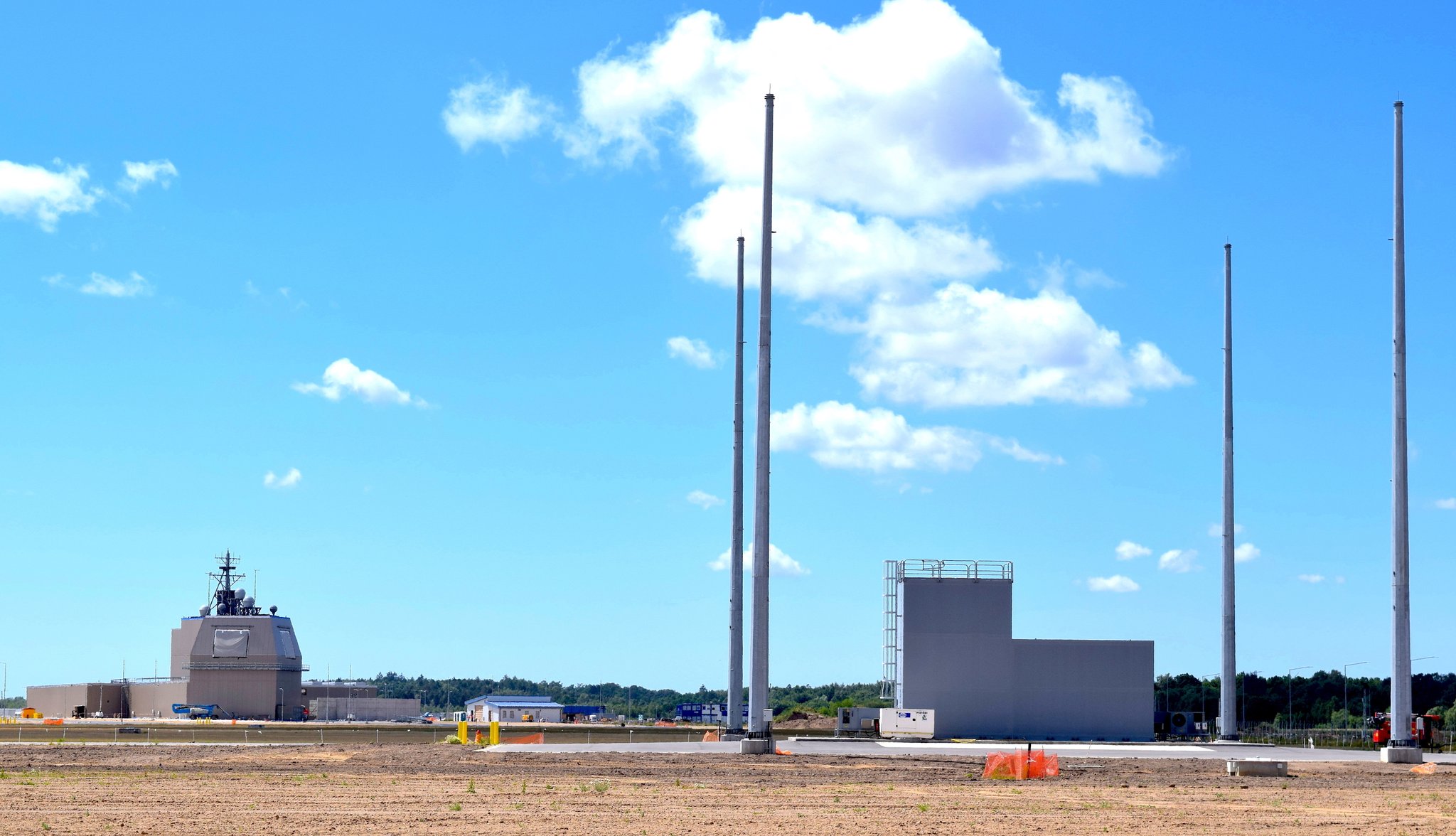The construction of the missile defense base in Redzikowo is planned for completion by the end of this year, Nancy Jones-Bonbrest, the spokesperson for the Missile Defense Agency (MDA), told the Polish Press Agency (PAP).
The installation will then undergo the final phase of testing by the United States Navy, she added.
Once finalized, Aegis Ashore, located in the Redzikowo base in northern Poland, will become the second land-based ballistic missile defense site in Europe, marking the completion of the European Phased Adaptive Approach (EPAA). The EPAA is part of the NATO missile defense system to protect Europe and the U.S. against short-, medium-, and intermediate-range ballistic missiles from Iran.
In addition to the base in Poland, another Aegis Ashore system is in Deveselu, Romania, as well as an early warning radar in Kürecik, Turkey, and a command center in Ramstein, Germany. Additionally, the naval version of Aegis is installed on U.S. Navy destroyers stationed at the Rota base in Spain.
The installation in Redzikowo, consisting of the radar, Mk 41 VLS launchers, and SM-3 (Standard Missile-3) anti-ballistic missiles, is the final unfinished element of this system.
The EPAA replaced the original plans of the George W. Bush administration, which envisaged the deployment of the Ground-Based Midcourse Defense (GMD) system in Poland, a system designed to intercept intercontinental-range missiles in the mid-course phase of their flight (in space), with elements already present at bases in California and Alaska. The other land-based component of the missile defense system, the base in Deveselu, Romania, has been operational since 2016.
Riki Ellison, a defense system expert and founder of the American Missile Defense Advocacy Alliance (MDAA), emphasized the deterrent capabilities of the Aegis Ashore Missile Defense System (AAMDS). Ellison stated, “The AAMDS deters a limited first strike by adversaries and, once operational, will protect the Polish people and critical infrastructure.”
Furthermore, Ellison highlighted that the system alters the adversary’s calculations and acts as a deterrent from the United States due to its personnel operating the system. “Any attack on U.S. military forces will carry significant consequences,” he added.






